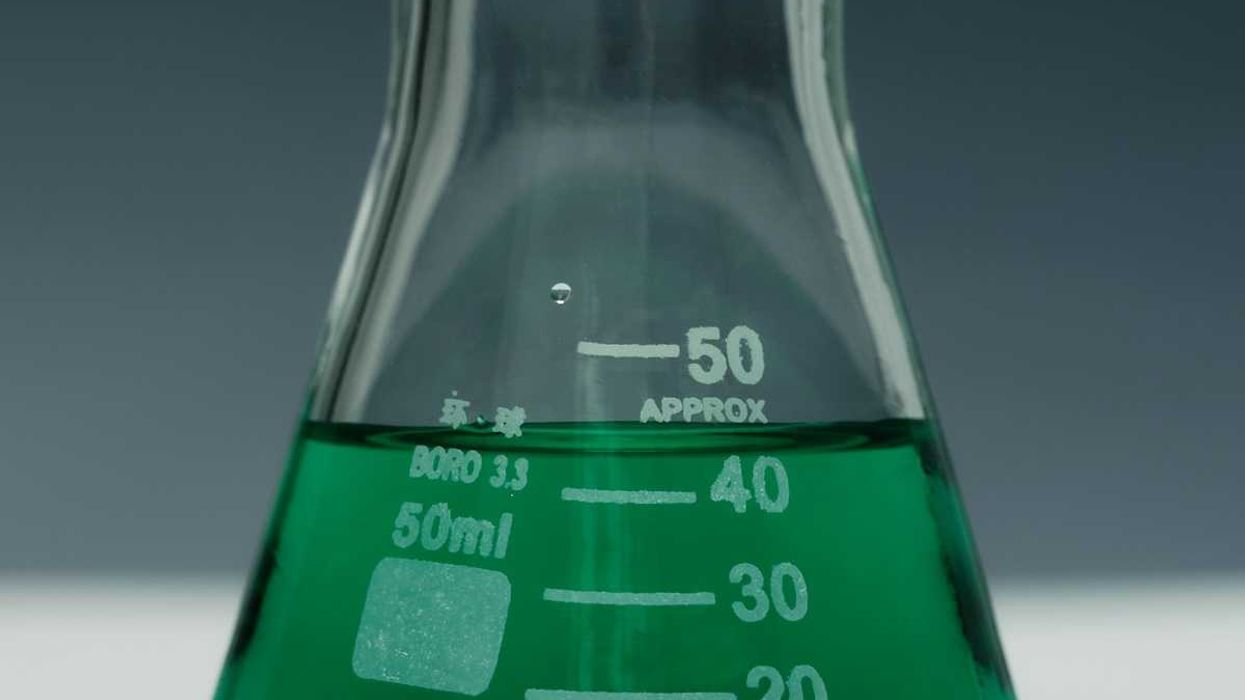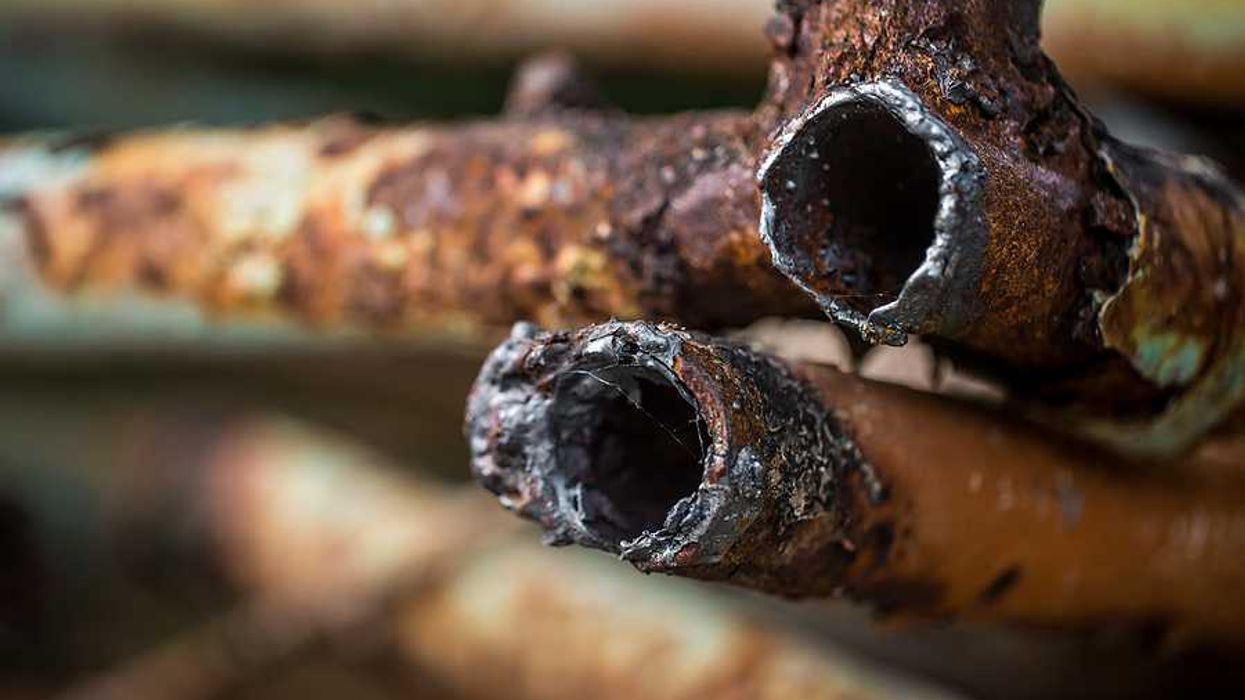Toxic forever chemicals known as PFAS have been detected at the highest levels in the country in South Carolina’s Pocotaligo River, likely due to industrial discharges into an outdated wastewater treatment plant.
Sammy Fretwell reports for The State.
In short:
- A national study by the Waterkeeper Alliance found that a section of the Pocotaligo River downstream from Sumter’s sewage plant contains the highest concentration of PFAS of all rivers tested in 19 states.
- The likely source is industrial wastewater sent to the Sumter treatment plant, which does not remove PFAS, alongside additional contamination from military facilities like Shaw Air Force Base.
- Residents near the river — many of whom are low-income or people of color — face elevated health risks, particularly subsistence fishers who eat contaminated fish carrying PFAS and mercury.
Key quote:
“All indications are that industrial dischargers in Sumter are dumping toxic PFAS into the Pocotaligo through the town’s wastewater treatment plant, which is not equipped to treat these chemicals.”
— Carl Brzorad, attorney with the Southern Environmental Law Center
Why this matters:
Exposure to PFAS chemicals is linked to a range of health issues including cancer, immune suppression, liver and kidney damage, and reproductive harm. In rivers like the Pocotaligo, these chemicals pose special danger to those who eat local fish, many of whom rely on fishing for food. Black and low-income communities often face the brunt of this contamination, and state regulators have so far failed to limit industrial discharges. As PFAS levels spike downstream from wastewater plants, many drinking water providers may think twice about drawing from rivers once considered safe.
Learn more: Just one meal of caught fish per year is a significant dose of PFAS














